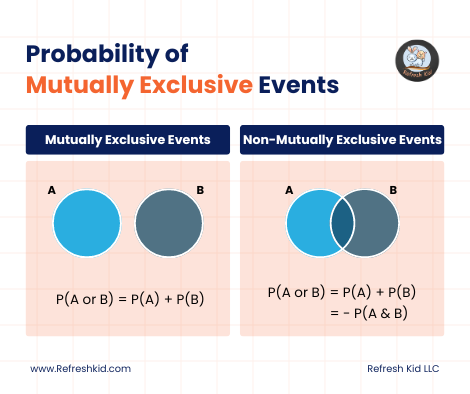Distance is the total movement of an object without considering its direction. It is a scalar quantity, which means it only has magnitude and no direction.
For example, if you walk from point A to point B, the total path you covered is the distance.
Here is a simple illustration:
Distance
In this picture, the red line represents the path from point A to B. The length of this path is the distance.
Now, let's move on to displacement. I'll generate a picture for that as well.
Displacement is the shortest distance from the initial to the final position of a point. It is a vector quantity, which means it has both magnitude and direction.
For example, if you walk from point A to point B and then to point C, your displacement is the direct path from A to C.
Here is an illustration:
Displacement
In this picture, the red line represents the path from point A to B to C. However, the blue arrow from A to C represents the displacement. It's the shortest path from the starting point to the ending point.
Now, let's compare distance and displacement with some examples and then summarize the similarities and differences in a table.
Let's consider an example where you walk around a square block starting from point A, moving to B, then C, and finally D, and then back to A.
Here is an illustration:
Distance vs Displacement
In this picture, the red line represents the path from point A to B to C to D and back to A. This path is the distance you covered.
However, since you ended up at the same point where you started (point A), your displacement is zero. The blue arrow from A to A represents the displacement. It's the shortest path from the starting point to the ending point, which in this case is zero because the start and end points are the same.
Now, let's summarize the similarities and differences between distance and displacement in a table:
|
|
Distance |
Displacement |
|
Definition |
The total path covered by an object. |
The shortest path from the initial to the final position. |
|
Scalar or Vector |
Scalar (only has magnitude). |
Vector (has both magnitude and direction). |
|
Example |
If you walk around a block, the total path you covered is the distance. |
If you walk around a block and end up at the starting point, your displacement is zero. |
Question: If you walk 3 km north, then 4 km east, what is your total distance traveled and what is your displacement?
Solution: The total distance traveled is the sum of the two distances, so it's 3 km + 4 km = 7 km.
The displacement can be found using the Pythagorean theorem because the path forms a right triangle. The displacement is the hypotenuse of the triangle, so it's √((3 km)² + (4 km)²) = 5 km to the northeast.
Here is a picture to illustrate this:








